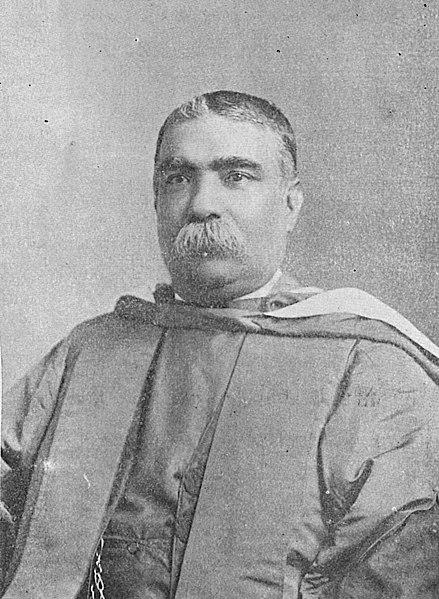Ashutosh Mukherjee was a visionary and legendary leader in education who played a fundamental role in shaping the Indian higher education system. In recognition of his dedication to the promotion of University education in this country through establishing the University of Calcutta as well as making sure it serves its purpose of offering top-notch academic services for numerous years without wavering from the path down which he set foot since its inception till today; he earned for himself the title “Father of Indian University Education”.
Birth and Early Life
Born on 18th November 1864 at Bhagalpur in Bihar State; Ashutosh Mukherjee came from an illustrious lineage. His father was a noted scholar and educationist named Ramkrishna Mukherjee. From childhood itself, Mukherjee showed unusually high mental gifts and an intense love of study.
Education and Early Career
President College Calcutta saw the beginning of Mukherjee’s school life where he shined in various disciplines. Subsequently, he proceeded to London University obtaining PhD degree in Chemistry followed by return India Presidency College as a lecturer who guided many students who wanted reach higher echelons of academic excellence while still leaving space for their own interpretations.
University of Calcutta
Mukherjee contributed most significantly towards the Indian educational sector through his association with the University of Calcutta. He became its Vice-Chancellor in 1904 and held this position for more than twenty years. Under his administration, the University of Calcutta underwent an outstanding change making it one of the leading institutions of higher learning country at present.
Academic Reforms
During his tenure as Vice-Chancellor, Mukherjee implemented a number of crucial academic reforms. He advocated for postgraduate programs, research facilities, and professional degrees. This resulted in setting up different departments and institutions within the university aimed at improving education standards as well as encouraging academic research.
Expansion and Development
For Mukherjee his scope was beyond University space: He worked towards the formation of other universities throughout India like Patna College or University Dacca besides being a staunch supporter of decentralized schooling to enable all students to reach higher levels regardless of background differences.
National Leadership
Mukherjee not only confined himself within the boundaries of academics but also engaged actively in politics within India on social reform platforms where he played key roles until time remembered now. He served within the Indian Legislative Council during the struggle for independence so that up to date any person would respect this leader’s intellectual command as well as the good dreams he usually had within his heart.
Legacy and Impact
His legacy has been passed down through generations of scholars. His contributions to Indian education have been valued over time and he remains a symbol of excellence in this field. As a center for learning and research which Mukherjee transformed it into, the University of Calcutta is a standing evidence of his everlasting legacy.
Death
Ashutosh Mukherjee died on March 25, 1924, with a notable history that facilitated formation of the Institute for Higher Learning and was a leader with foreseen objectives. His influence in the Indian academic world is evident from repeated accolades that laud him highly as a man who never compromised quality in any of his endeavors.
Conclusion
Ashutosh Mukherjee was a molder of the modern Indian higher education system whose zealousness for education redefined the country’s perception of academic excellence. The establishment and expansion of the University of Calcutta as well as nationwide statesmanship stand out among the firsts he made into this country´s chapters of history. This signifies how important Mukherjee’s contributions are towards our nation´s past present and future since education is among the pillars upon which strong nations are built.

